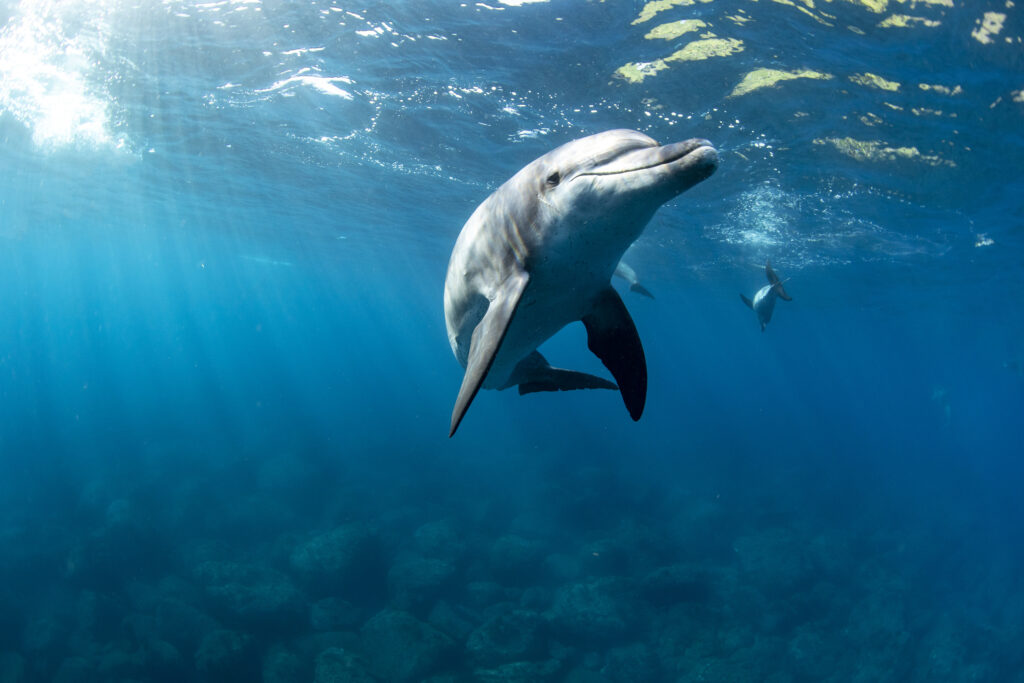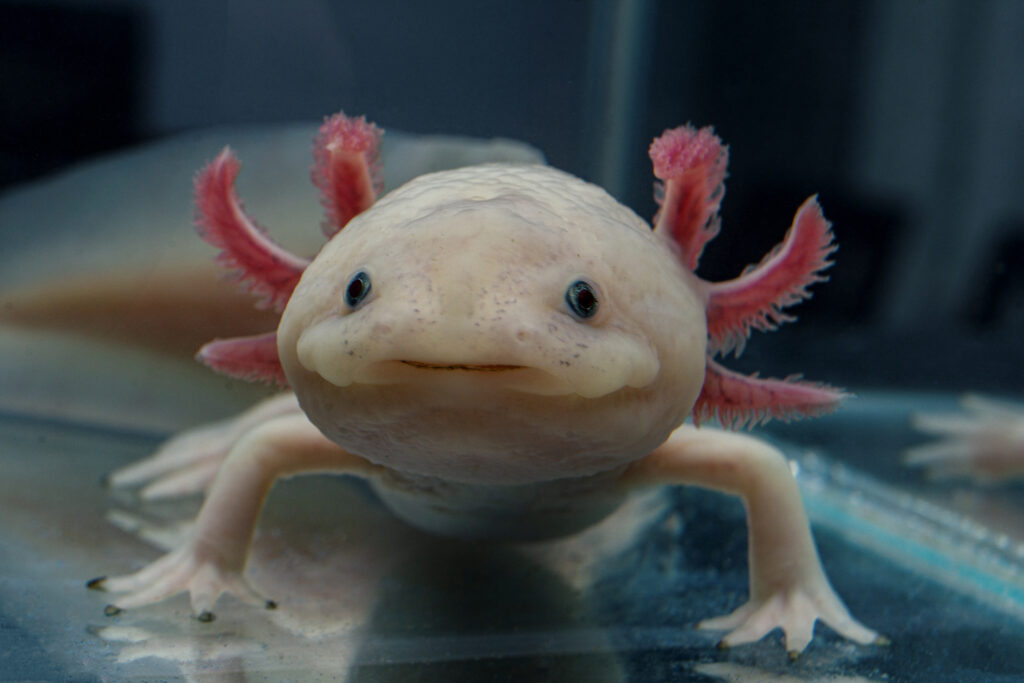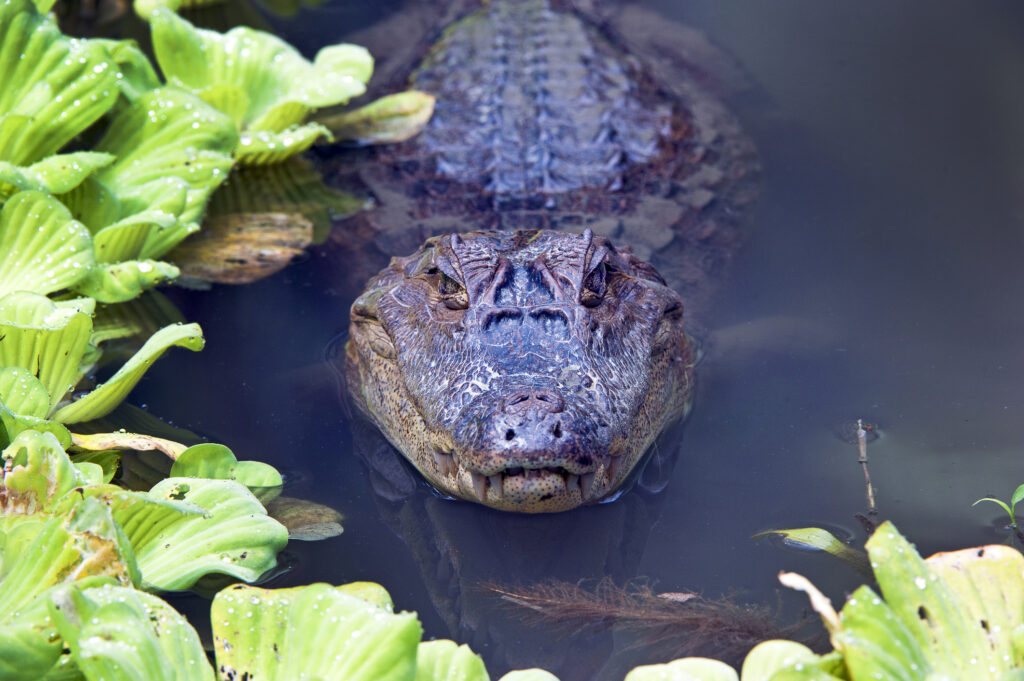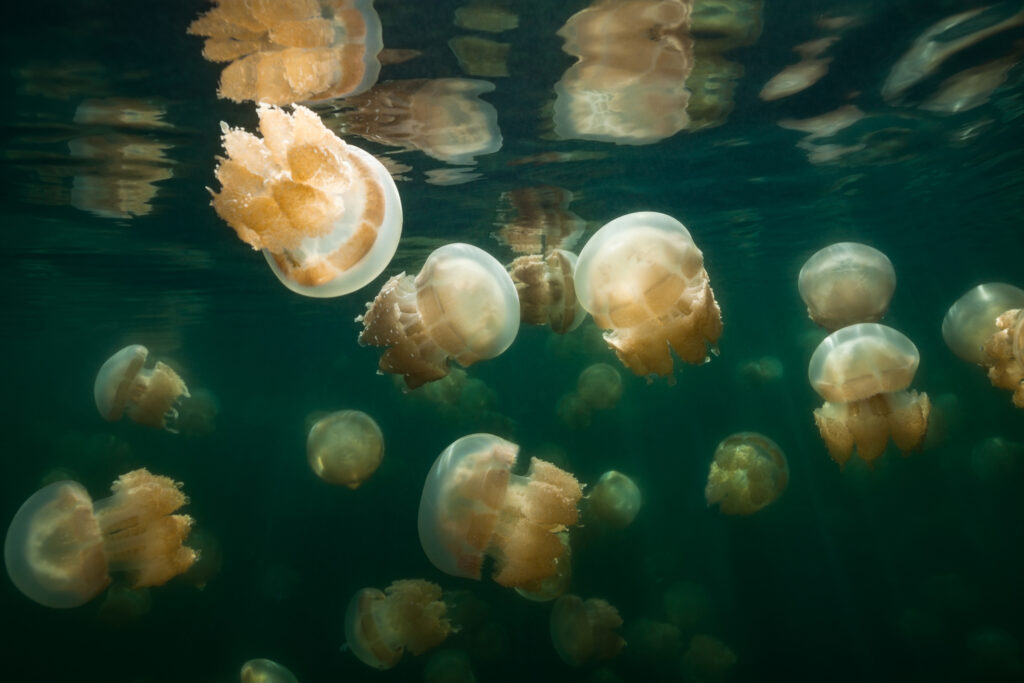We humans sleep for roughly one-third of our lives, which is a pretty significant chunk of time. But how do other beings in the animal kingdom compare? While you’re probably aware that some animals sleep less than others, that can still leave you with questions about animals who might have more unusual sleeping habits.
Here, we’ll dig into the ins and outs of the animals that never sleep, those that spend most of their lives snoozing and everything in between.
What is the difference between sleep and hibernation?
When animals sleep, they usually experience normal breathing patterns and reduced consciousness. Meanwhile, hibernation is a deeper kind of rest and involves significantly decreased metabolic activity alongside lower body temperatures. Some animals actually emerge from hibernation every now and again to engage in brief periods of activity or even sleep before continuing to hibernate.
Another key difference between these two states is that sleep is typically a way to regain energy, while hibernation helps animals conserve energy and survive through cold winters and harsh conditions.
Do mammals sleep?
Scientific research shows that while some mammals sleep, others don’t need to. So, let’s delve deeper and find out more about the sleeping habits of some of the most common mammals on the planet.
Dolphins
Mature dolphins can go without sleep for long periods. But when they do choose to get some rest, they do this unihemispherically. This means that only one-half of their brains rest at a time and they literally sleep with one eye open. Dolphins need to consciously regulate their breathing, which requires the awake part of their brain to keep working while the other side rests. Both sides will eventually get their turn since they cleverly alternate which side stays awake. But while both sides get their turn, dolphins will never drift off into a full unconscious sleep.

Newborn bottlenose dolphins don’t sleep for the first month of their lives because they need to come up for air every 3 to 30 seconds. During this time, their mothers will also stay awake to keep a close watch over their young.
Seals
Seals also sleep unihemispherically to help them stay alert for potential dangers. These fascinating creatures can sleep in water and on land, allowing them to choose the safest place depending on the situation. They usually opt for sleeping on land when they’re searching for warmth or protecting their young. When they sleep in water, they do this in a position called bottling which means that their bodies stay upright while remaining underwater. If you spot them sleeping, you’ll usually only see their snouts poking out above the water’s surface. Some species sleep fully submerged, but they’ll always stay close to the surface.
To keep them from drowning, seals open and close their nostrils intermittently to stop water from entering. This allows them to take quick naps before waking and emerging to breathe before closing their nostrils and returning to the water.
Whales
Whales are another animal that sleeps unihemispherically because they’re voluntary breathers. If they were to fall asleep fully, their brains would rest but would drown without their brain reminding them to breathe. By staying partially awake at all times, they can continue breathing and remain alert to any potential danger.
Do amphibians sleep?
Research suggests that while amphibians don’t sleep fully, they do have rest periods. So, what snoozing habits do some of the most common amphibians have? Frogs tend to rest throughout the day and are most active at night, making them nocturnal. But because they’re cold-blooded, they tend to hibernate during winter to regulate their body temperature when the outside temperatures drop.

Meanwhile, axolotls won’t hibernate, but they also enter rest periods where their bodies slow down. When this happens, they remain still for up to a few hours at a time. Salamanders also display very similar sleeping habits to axolotls. The main thing to note about most amphibians is that they’re typically nocturnal to help protect them from predators throughout the day.
Do reptiles sleep?
When it comes to reptiles like snakes, lizards and turtles, it can be slightly difficult to tell whether or not they’re sleeping. But for most of these creatures, sleep is a regular part of their lives. Below you can find out which
Snakes
Snakes don’t have eyelids, which makes it much more difficult to tell when they’re catching z’s. But just because they can’t close their eyes, doesn’t mean they can’t sleep. In reality, they sleep with their eyes wide open. You can tell when a snake is sleeping because they’ll sit still for long periods, stop flicking their tongues, breathe slowly and deeply and have no reaction to stimuli. Many snake species can also spend a lot of time sleeping to keep their energy levels high.
Lizards
Lizards can sleep for as little as 4 hours up to around 18 hours per day. The huge variation in sleep duration can be down to environmental factors like temperature and food availability, while it can sometimes simply be different for certain lizard species. Typically, those that live in colder climates will sleep deeply, but not as deep as hibernation, for several months until temperatures rise again.
Turtles
Turtles use their shells to protect them during sleep cycles, pulling their heads and limbs inside. Dozing for around 4 to 7 hours at a time, their sleep patterns most closely resemble humans. However, the duration can vary since turtles might sleep longer in winter and have longer awake periods during spring and summer months.
Alligators
Alligators, on the other hand, spend much of their time dozing. They can spend anywhere from 17 to 24 hours a day sleeping because of their slow metabolisms that allow them to eat much less often. Some alligators have even been known to survive on just one meal a year!

These water-dwellers are also able to rest while their brains stay awake by just closing their protective inner eyelid. This extra eyelid helps protect their eyes while still allowing them to see underwater.
Bullfrogs
These giant reptiles are one of the few animals that don’t ever sleep. The simple explanation is that they don’t need to because they don’t have a sleep-wake cycle. Bullfrogs will instead enter a dormant state, which means that their activity and metabolisms drop significantly. This can happen at any time, day or night, and usually depends on the temperature and humidity in the environment.
Do fish sleep?
Fish do sleep, but not in the same way as land-dwelling animals. Biologists believe that similarly to amphibians, they sleep by reducing activity and resting in sheltered spots. In some cases, fish can even carry on swimming while asleep, taking multitasking to a new level!
Some fish species, including the blue tang, tend to hide in small crevices underwater while they rest to keep them safe from predators. Rabbitfish, on the other hand, can camouflage into their surroundings to protect them while they get some shut-eye.
Other interesting bedtime habits that fish have developed include being able to flick their fins to stay balanced and being able to sleep unihemipherically. Fish that need to keep swimming even when they sleep are typically the ones that put half of their brains to sleep while the other half stays active.
Sharks
While some shark species won’t move when they’re asleep, some will keep swimming. Those who keep swimming will do so because their breathing techniques mean that if they were to stay still, they’d suffocate in their sleep.
Here at Deep Sea World, our sharks can stay stationary and don’t need to carry on swimming while resting. For example, the lesser spotted catshark is nocturnal, but when these sharks rest, they stay stationary in sandy and muddy areas.
Jellyfish

Although jellyfish lack brains, it’s still possible for them to sleep. Previously, it was assumed that this would stop them from sleeping, but studies have since uncovered that this just means they get their rest slightly differently.
Throughout the night, jellyfish will enter a sleep-like state, meaning their pulsations and responsiveness drop significantly. So, even though they don’t sleep like other beings would because they lack a central nervous system, there’s no denying that they mentally and physically recharge.
Do birds sleep?
Birds have similar sleep habits to mammals since both can enter REM and slow-wave sleep cycles. But that’s where the similarities end. Birds tend to have shorter bursts of rest, sleeping for just a few minutes at a time. To make sure they get plenty of beauty sleep, though, they repeat this process hundreds of times each day. During their brief periods of sleep, they can go through one or more full cycle of REM and slow-wave sleep.
Some birds, such as ducks, parakeets, sparrows and falcons can also sleep unihemispherically, making them similar to amphibians. This is why you might spot some of them floating on rivers with their tails tucked in and one eye open!
Which animals sleep the most?
While some animals don’t sleep at all, others are on the other end of the spectrum and rest for most of their days. These extra-sleepy animals include koalas, sloths, bats and pythons.
Koalas take the top spot as the sleepiest animal on the planet, snoozing for an impressive average of 20-22 hours per day. The joint-second sleepiest animals are sloths and bats sleep for 20 hours a day. Snakes (pythons) also sleep for around 18 hours a day, putting them in third place.
Why do they sleep for so long? For most of these animals, it’s all about their diets and conserving energy. Since koalas and sloths have a leaf-based diet, they need to conserve what little energy they get from their food. Snakes also sleep for longer periods to conserve their energy levels. The only animal that sleeps longer for another reason is the bat. These upside-down sleepers choose to rest for more time as a survival instinct since their sleeping spots keep them safe from lower-down predators.
Whether they’re experts in snoozing or never sleep, our sea creatures here at Deep Sea World show off the incredible diversity on the planet. Book your tickets today to see them for yourself.
